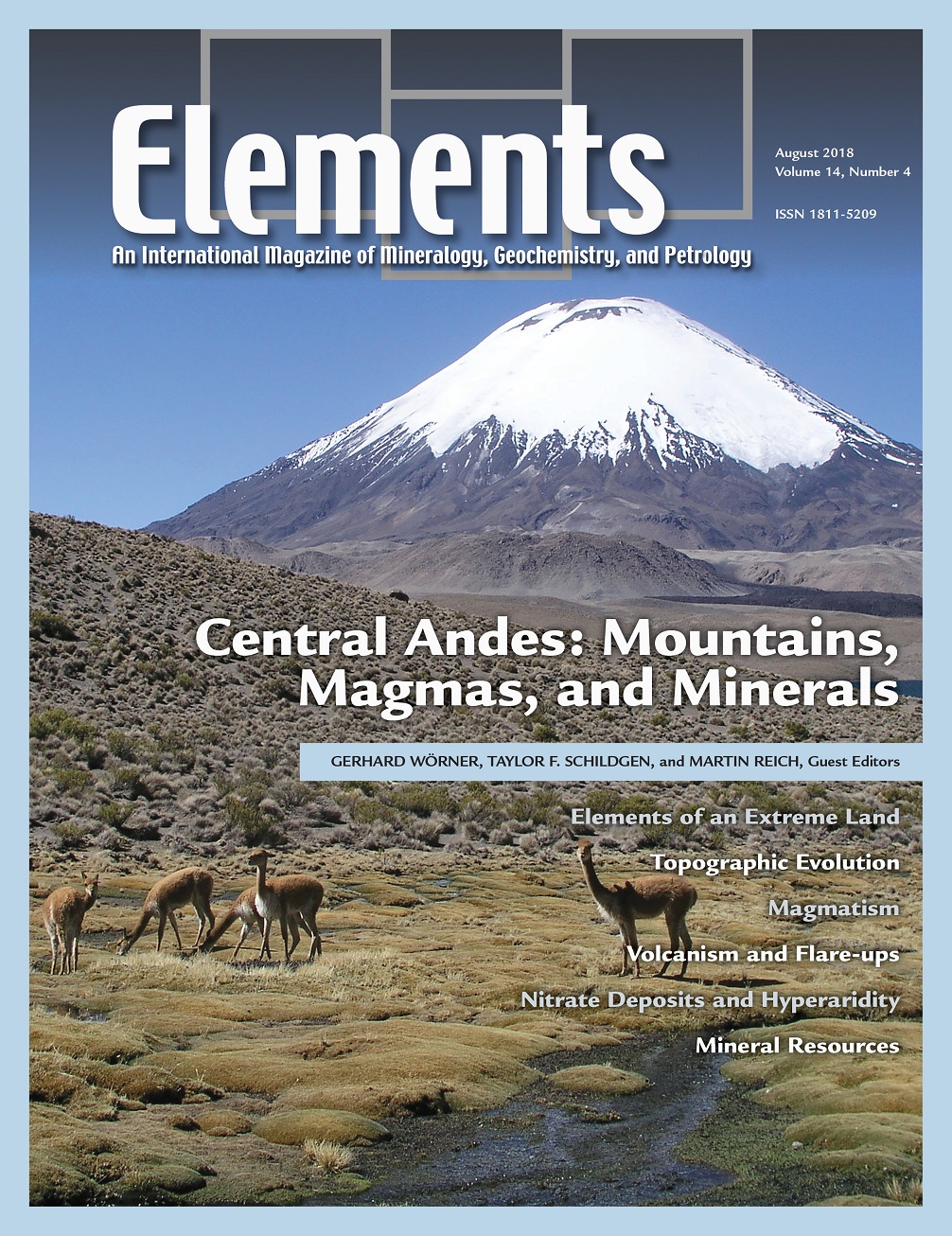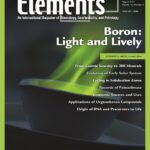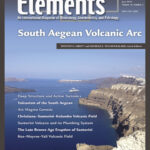Central Andes: Mountains, Magmas, And Minerals, August 2018, Vol. 14, No. 4
$20.00
The Central Andes in South America are a first-order geological structure on our planet of an active continental margin. The link between subduction-related magmatism and processes and timing of uplift and volcanism shaped the Andean Cordillera and provides unique examples of the andesite magma generation during passage through thickened crust.
Central Andes: Mountains, Magmas, And Minerals
August 2018, Vol. 14, No. 4
The Central Andes in South America are a first-order geological structure on our planet of an active continental margin. The link between subduction-related magmatism and processes and timing of uplift and volcanism shaped the Andean Cordillera and provides unique examples of the andesite magma generation during passage through thickened crust. As one of the largest ignimbrite provinces, the Central Andes also show ignimbrite “flare-ups” that are linked to crustal thickening and increased mantle magma input. Ignimbrites and andesites are the “smoking gun” of crustal differentiation at active continental margins. The interplay between tectonics and magmatism produced the world’s largest porphyry copper deposits, and the extremely arid climate conditions of the Atacama Desert has led to spectacular salt deposits, including the world’s richest deposits of lithium, boron, iodine and nitrates.
Why You’ll Love Elements Magazine:
- Expert Contributors: Articles written by renowned researchers in the field of geoscience.
- Engaging Content: Join a community of readers who are passionate about Elements.
- Exceptional Quality: Each issue is printed on high-quality paper with stunning visuals and detailed illustrations that bring complex scientific concepts to life.
Order your copy of the August 2018 issue of Elements magazine today and explore the Central Andes: mountains, magmas, and minerals.
Related products
-
Large Igneous Provinces: Origin And Environmental Consequences, December 2005, Vol. 1, No. 5
$20.00Large igneous provinces record major outpourings of igneous rocks, both on the continents and in ocean basins. Their origin is still vigorously disputed, with models invoking mantle plumes, thermal effects of the lithosphere, and meteorite impacts.
-
Diamonds, March 2005, Vol. 1, No. 2
$20.00Diamond, the fascinating ultrahard mineral, is the focus of considerable interest and scientific research. Recent advances particularly relevant to geoscientists include: diamond as a recorder of Earth processes from the perspective of inclusions, chemistry, and conditions of formation; synthesis for research applications and processing to modify color and physical properties, important to diamond gems and anvils; the implications of nanodiamonds from meteorites.
-
Zircon – Tiny But Timely, February 2007, Vol. 3, No. 1
$20.00Where would Earth science be without zircon? As Earth’s timekeeper, zircon has proven to be a remarkable and versatile mineral, providing insights into deep time and ancient Earth processes. However, there is still much to learn about Earth’s history from zircon and its behaviour.






